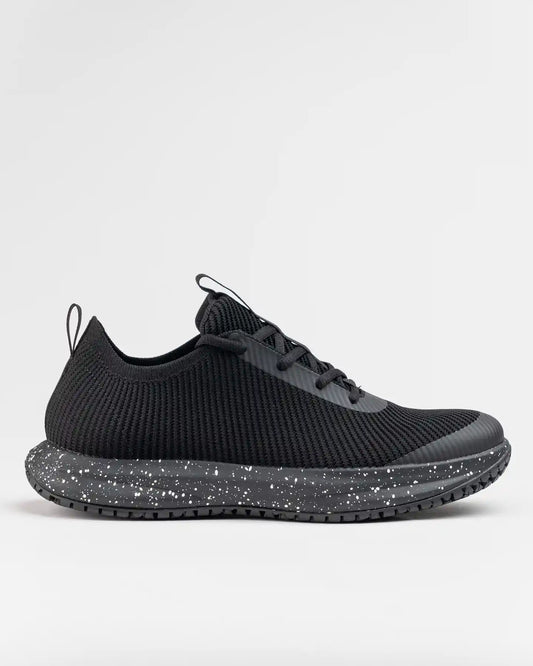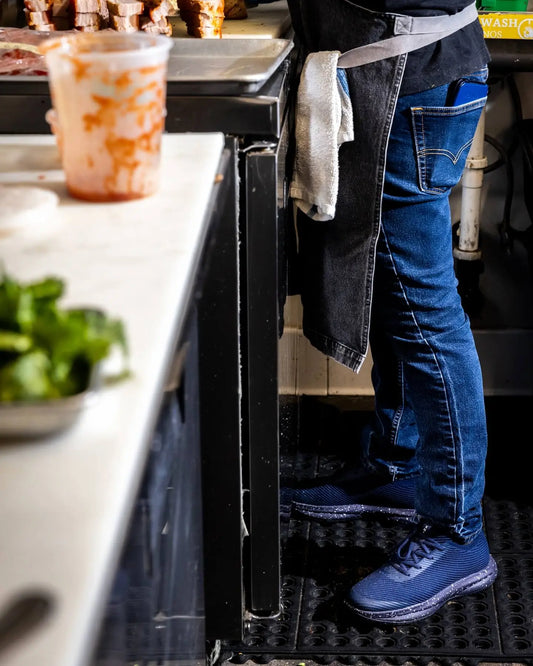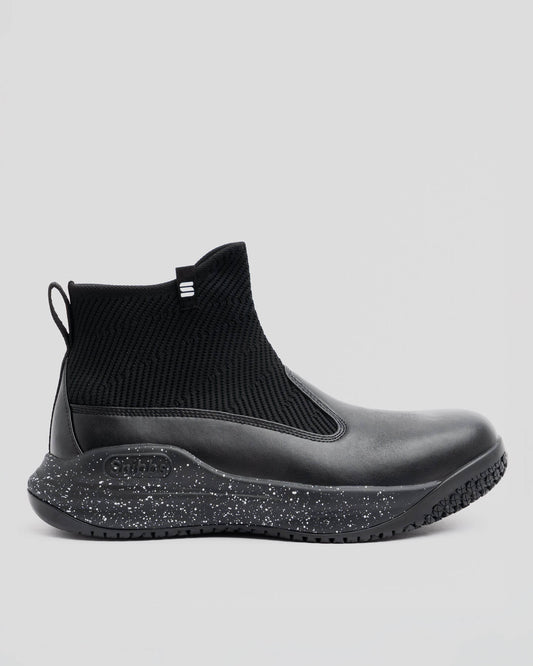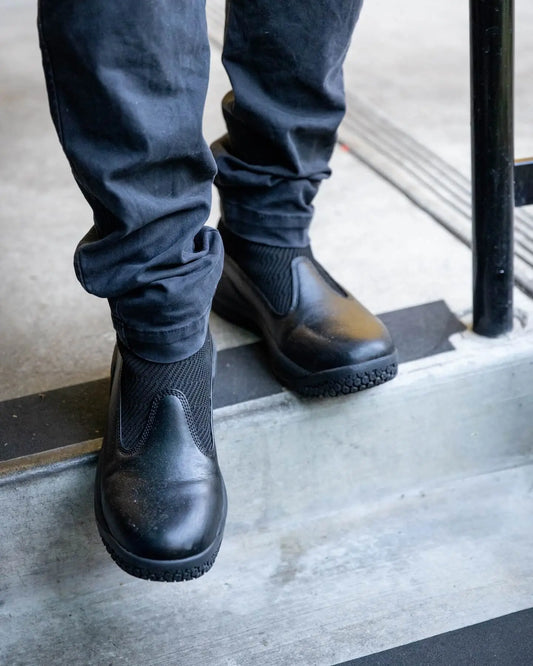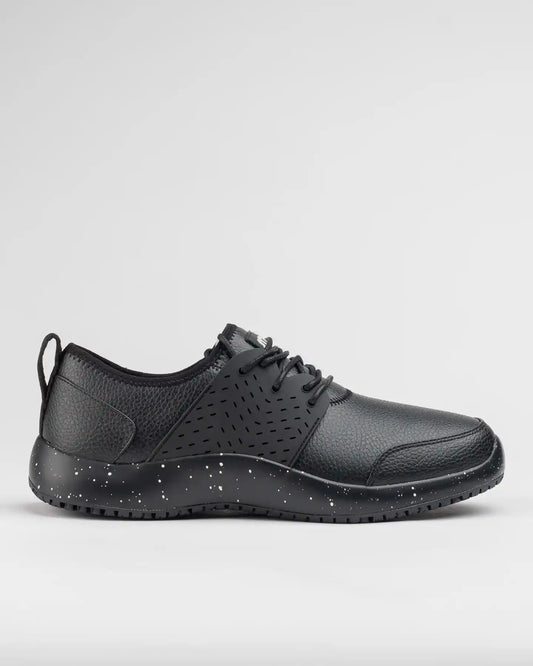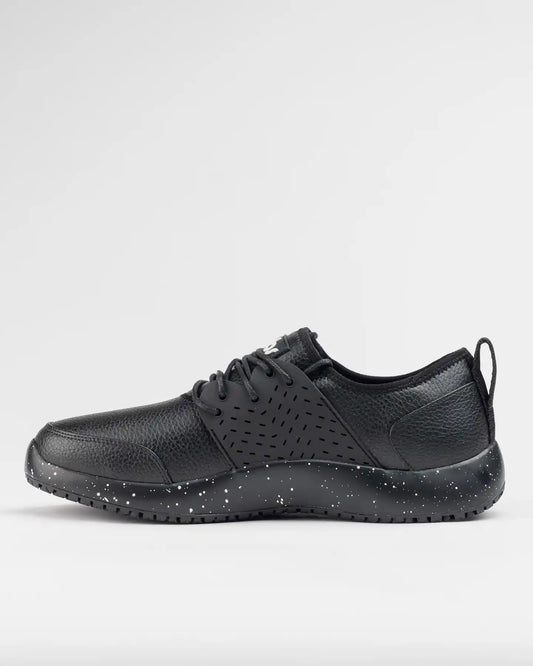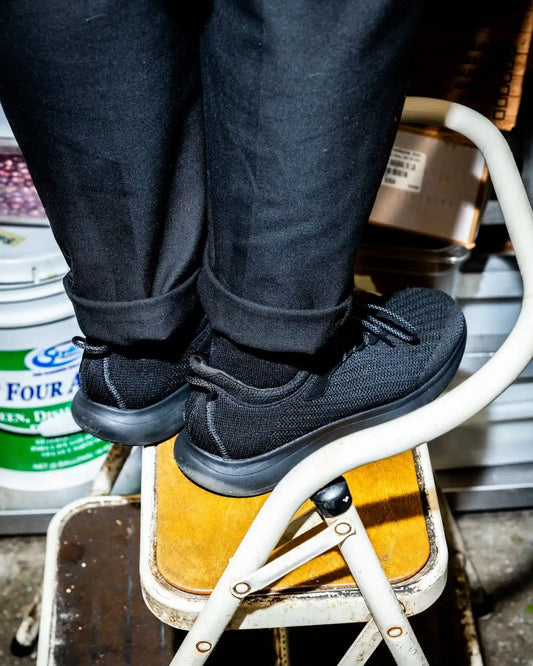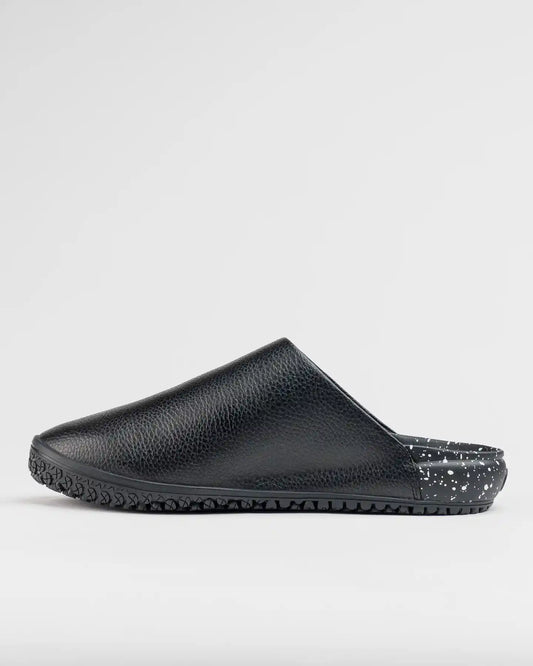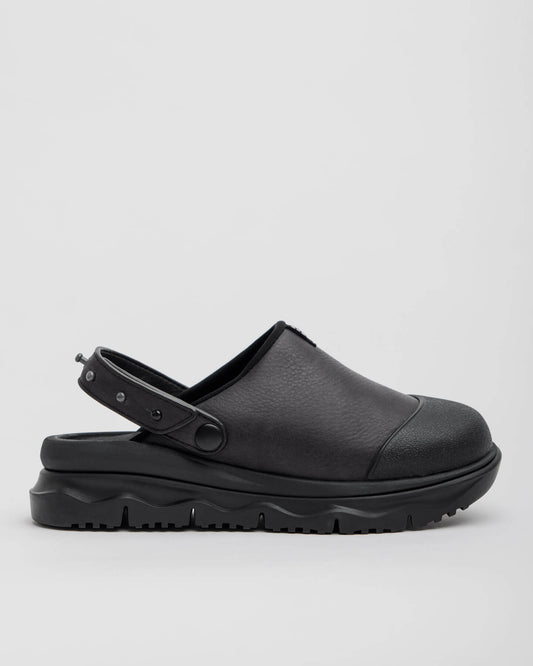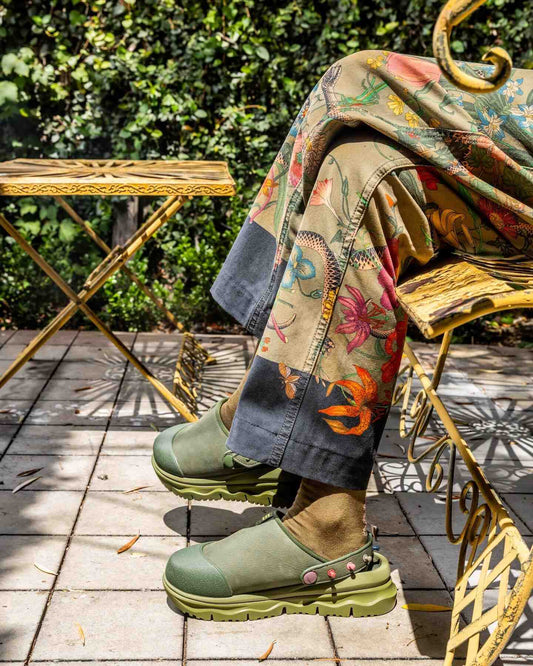How Often Should Nurses Replace Their Shoes?
Alex Kinejara
As a nurse, you know that you walk seemingly countless steps each day. The reality is that during a typical 12-hour long shift, you walk between 8,000 and 10,000 steps,1 which is more than the average person walks in an entire day.
All of that walking can do a real number on your shoes, so it’s important that you replace your walking shoes regularly to ensure your feet are getting the support they need. But how often should nurses replace shoes?
In this blog, we discuss how often you should replace work shoes for nurses, the importance of getting a new pair, and how to gauge when it’s time to say, “out with the old and in with the new.”
Replace Your Shoes Twice a Year
According to the American Academy of Podiatric Sports Medicine, you should invest in a new pair of shoes after using them for 350 to 500 miles.2 Because nurses walk an average of four to five miles each shift, it’s safe to say that you’ve walked a minimum of 350 miles after an average of six months.
This means you should replace your work shoes twice a year, or approximately every six months to avoid foot problems. Replacing your shoes this often ensures you’ve always got a pair to provide you with the quality support your feet deserve.
Why is Replacing My Shoes Important?
Any shoe that you wear on a daily basis eventually starts to wear down, from the tread on the outsole to the cushioning on the insole. Because of this, it’s essential for people in all professions to replace their shoes when they show signs of wear or after they’ve clocked in about 350 miles of use.
As a nurse, your best shoes could wear down even more quickly than people in other careers since you’re constantly on the go. Therefore, it’s paramount to have a pair that can keep up with your stride—and give your foot the support and comfort that only shoes in their prime can offer.
Regularly replacing work shoes for nurses is also important because it can help you:
- Avoid foot pain
- Prevent nurse back pain
- Feel more comfortable when walking from place to place
- Keep the heel supported
- Work more efficiently during your shift
How Do You Know When It’s Time for New Shoes?
It can be difficult to know when to replace nursing shoes. In fact, many nurses wait until they are completely worn out to replace them. Adrianna Pitoscia, a Pediatric Nurse, admits: “I have no idea how often nurses change shoes, usually they get changed when they are worn out.”
Aside from the six-month rule, there are some signs to look for that can help you determine when it’s time for a new pair. If you notice any combination of the following indicators, consider looking for a replacement:
- They’re uncomfortable – A sure sign that you should replace your current pair of work shoes is when you notice discomfort in your feet or back while wearing them.
- They’ve lost their grip – Turn your shoes over and determine whether the outsoles are worn down. If they are, they’re probably not providing an adequate amount of shock support. Plus, you may even have a higher chance of slipping because of the decreased traction.
- They have visible signs of wear and tear – Look for rips, tears, or cracks in the heel or inner layer of your shoe. If your insoles are worn down, they’re less likely to protect you from potential foot-related conditions, which can slow you down and cause your feet—and surrounding muscle groups—a significant amount of pain.
What Are the Characteristics of a Good Work Shoe?
Whether you’ve had your current pair for over six months or recently realized how sore your feet feel after only a few hours into your shift, you might be contemplating if it’s time for a new nurse shoe.
When you’re considering a new nursing shoe, there are a few factors to look for so that you can step into your next shift in comfort:
Water Resistant and Slip Resistant
As a nurse, you never know what situations you might be walking into each day. With patient care at the top of your mind, it’s helpful to not worry about little things—like slipping on whatever unidentifiable liquid splattered onto the operating room floor.
With the right shoe that’s water-resistant and slip-resistant like Snibbs’ Spacecloud Work Sneaker, you can easily clean up messes from the upper material and avoid any slips, trips, or falls in your healthcare facility.
Comfort and Support
Long shifts are often synonymous with long hours spent on your feet and can be a leading cause of injury for healthcare workers. So, when you walk onto the job with paper-thin soles and no arch support to be found, you’re not exactly doing yourself any favors.
You deserve the best shoes, and Snibbs’ shoes all contain a custom formulated insole, so your feet receive the ideal amount of support to prevent soreness in your feet or back. This support equips you with all-day comfort so you can efficiently move from patient to patient.
Snibbs: Your Favorite New Work Shoe
Working 12-hour shifts, giving your patients your undivided attention, and getting in 10,000 steps a day makes you a warrior in your own right. That’s why you deserve to swap the compression socks and clogs for a comfortable shoe you can count on to get you through the day.
Snibbs offers a stylish slip-on athletic shoe that looks perfect with your scrubs—and the jeans-and-tee outfit you throw on at the end of your shift, making it the best nursing shoe.
Keep your feet comfortable and looking sharp. Make the most of every step with Snibbs slip resistant work shoes.
Sources:
- Travel Nursing. The 4-Mile Shift. Why Nurses Walk So Much. https://www.travelnursing.com/news/features-and-profiles/the-4-mile-shift-how-far-do-nurses-walk/
- AAPSM. The Right Time to Replace Your Shoes. http://www.aapsm.org/replace-shoes.html

